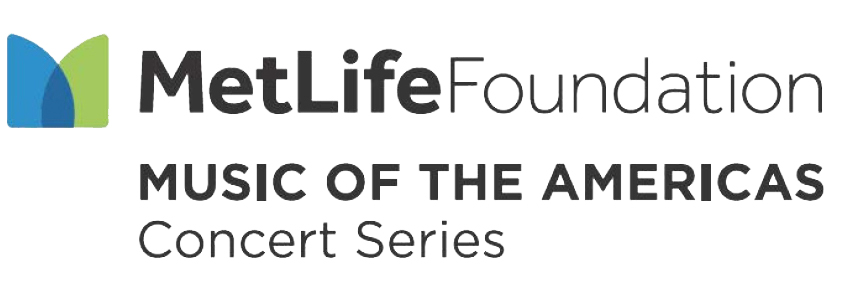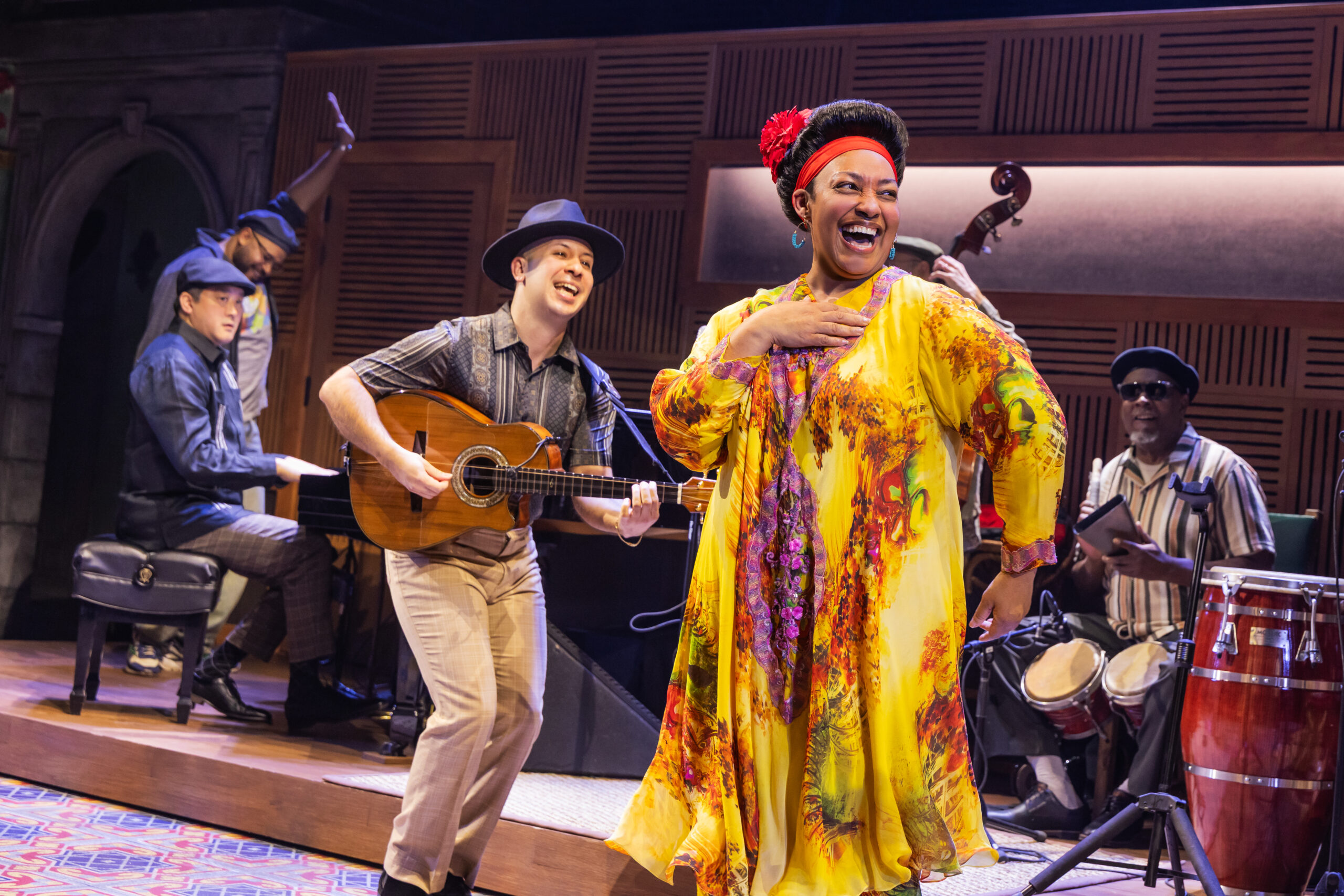Music of the Americas: Semana Orellana (casi) electrónica
Music of the Americas: Semana Orellana (casi) electrónica
The exhibition Joaquín Orellana: The Spine of Music is on view at our gallery until April 24.
This week of En Casa (At Home) is dedicated to four pieces by Guatemalan composer Joaquín Orellana, while Recuerdos (Memories) revisits the U.S. premiere of his second string quartet, performed in our hall by Momenta Quartet in 2016.
As the first exhibition dedicated to Orellana's work in the U.S. continues in our Visual Arts gallery, we asked the composer to select a few of his electronic pieces to highlight in our daily series, alongside the video version of his Americas Society-commissioned Efluvios y puntos, directed by Adele Fournet and currently part of the exhibition and a video of a his second String Quartet. We commissioned artists Iraida Cano and Juan Carlos Yanaura to create new online versions of Imposible a la X (1979) and Metéora (1968), and thank the Montreal-based Fondation Langlois for sharing their visualization of Humanofonía I (1971).
One of the most influential living members of Latin America’s musical avant-garde, Joaquín Orellana (b. Guatemala City, 1930) was a fellow at the Centro Latinoamericano de Estudios Musicales (CLAEM) at the Instituto Torcuato Di Tella in Buenos Aires in 1967–68. During his time at the CLAEM, he encountered contemporary avant-garde innovations and became particularly interested in electronic music, then in its infancy. When he returned to Guatemala in 1968 and found the latest technologies were unavailable, he decided to invent alternatives in order to recreate the sound-world he imagined after his experiences in Argentina. The series of instruments he created became an analog solution for achieving electronic-sounding musical materials and at the same time established a cultural identity for Guatemala within Latin America. In 1972 he designed and built the Sonarimba, the first of his útiles sonoros (sound tools), which is, like many of his subsequent inventions, based on the marimba, Guatemala’s national instrument. The unique design of Orellana’s útiles makes them function not only as innovative musical instruments, but also as sculptural objects.
Efluvios y puntos
Metéora
String Quartet # 2, "Frater ignotus"
Imposible a la X










